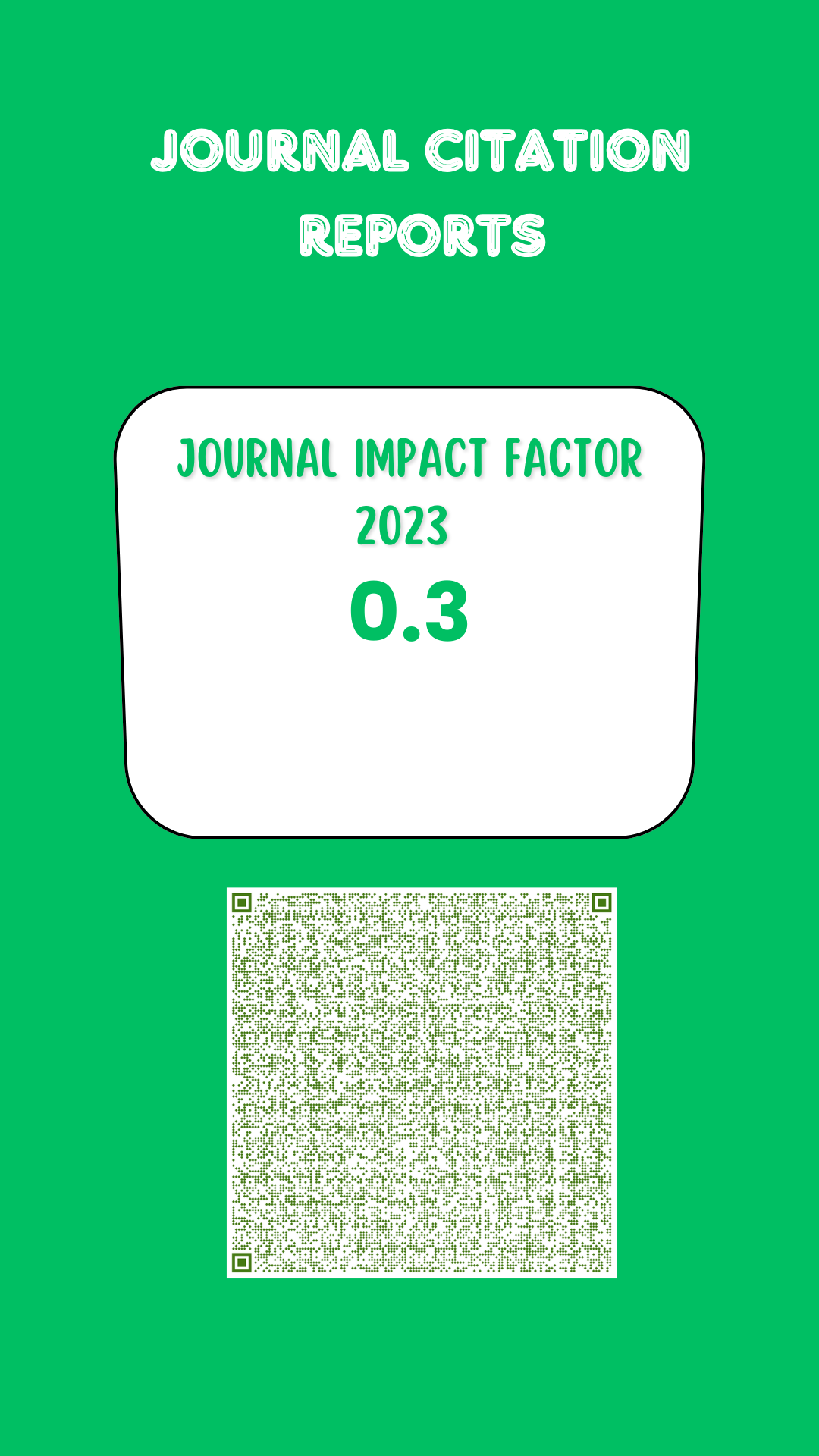Blood parameters of goats in grazing on three physiological stages throughout the year
DOI:
https://doi.org/10.19136/era.a10n1.3506Keywords:
Goats; cholesterol; climatic seasonality; ureic nitrogen; protein.Abstract
The objective of this study was to monitor the nutritional status of goats in three physiological stages in the four seasons of the year. The present work was carried out in Tlahualilo, Durango from August 2014 to July 2015. Blood samples were taken to determine the concentrations of glucose, cholesterol, total protein and urea nitrogen. The groups studied were goats in production (PROD), gestation (GES), and growing goats (DES), factor one, in winter, spring, summer, and autumn, factor two, in a completely random design with factorial arrangement. The lowest concentration of glucose was in the PROD group in winter with 45.81 mg dL−1 (p < .05). DES with 57.71 mg dL−1 had the lowest concentration of cholesterol in winter (p < .05). PROD with protein concentration 58.74 mg dL−1 had the lowest average in winter (p < .05). Ureic nitrogen also showed the lowest values in winter (p < .05). The blood parameters were the lowest in winter.
Downloads
Downloads
Published
Issue
Section
License
Copyright (c) 2023 Ecosistemas y Recursos Agropecuarios

This work is licensed under a Creative Commons Attribution-NonCommercial-ShareAlike 4.0 International License.
Aviso de copyright
Los autores que se envían a esta revista aceptan los siguientes términos:
una. Los autores conservan los derechos de autor y garantizan a la revista el derecho a ser la primera publicación del trabajo con una licencia de atribución de Creative Commons que permite a otros compartir el trabajo con un reconocimiento de la autoría del trabajo y la publicación inicial en esta revista.
B. Los autores pueden establecer acuerdos complementarios separados para la distribución no exclusiva de la versión del trabajo publicado en la revista (por ejemplo, en un repositorio institucional o publicarlo en un libro), con un reconocimiento de su publicación inicial en esta revista.
C. Se permite y se anima a los autores a difundir su trabajo electrónicamente (por ejemplo, en repositorios institucionales o en su propio sitio web) antes y durante el proceso de envío, ya que puede conducir a intercambios productivos, así como a una cita más temprana y más extensa del trabajo publicado. (Consulte El efecto del acceso abierto).



